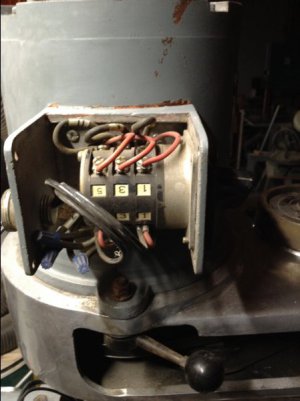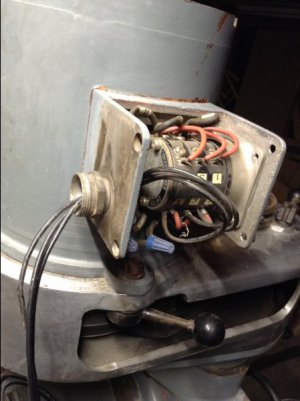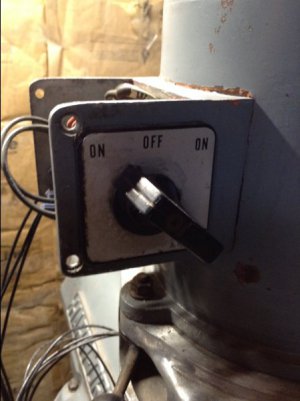- Joined
- Jan 22, 2018
- Messages
- 4
I'm new to this forum. My professional background is in weIding/steel fabrication (45 years) and my hobbies are woodworking and building and flying model airplanes (50 years). I bought a Hartford 9" x 42" milling machine (Bridgeport clone) several years ago (for the bargain basement price of $200.00) with the intent of building an aluminum adapter that would mount to the spindle. A woodworking router would be mounted to the adapter and I would clamp my wood to the table and then use the "X" and "Y" axis of the table and the down feed of the spindle to do deep (and accurate) mortising. The machine shop I got it from disassembled it so I could get it home in a couple of trips. It sat in my shop for six years until I finally got around to reassembling it. It had been used in a fiberglass shop and was covered with some sort of black tar like substance. It took longer to clean that off then it did to reassemble it. Now, that it is reassembled, backlash adjusted and broken parts replaced, I'd like to get it running so that I can use it to make small parts for the model airplanes that I fly. I bought a VFD so that I can convert 240 volt single phase to three phase and am in the process of learning how to wire and program it. This may sound silly, but I don't know how this machine is to be electrically grounded. Would someone be kind enough to give me some guidance?




